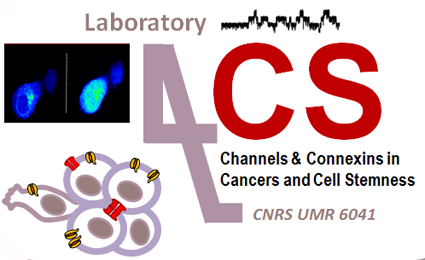Connexins in cancer: bridging the gap to the clinic
Résumé
Gap junctions comprise arrays of intercellular channels formed by connexin proteins and provide for the direct communication between adjacent cells. This type of intercellular communication permits the coordination of cellular activities and plays key roles in the control of cell growth and differentiation and in the maintenance of tissue homoeostasis. After more than 50 years, deciphering the links among connexins, gap junctions and cancer, researchers are now beginning to translate this knowledge to the clinic. The emergence of new strategies for connexin targeting, combined with an improved understanding of the molecular bases underlying the dysregulation of connexins during cancer development, offers novel opportunities for clinical applications. However, different connexin isoforms have diverse channel-dependent and -independent functions that are tissue and stage specific. This can elicit both pro- and anti-tumorigenic effects that engender significant challenges in the path towards personalised medicine. Here, we review the current understanding of the role of connexins and gap junctions in cancer, with particular focus on the recent progress made in determining their prognostic and therapeutic potential
| Origine | Publication financée par une institution |
|---|

